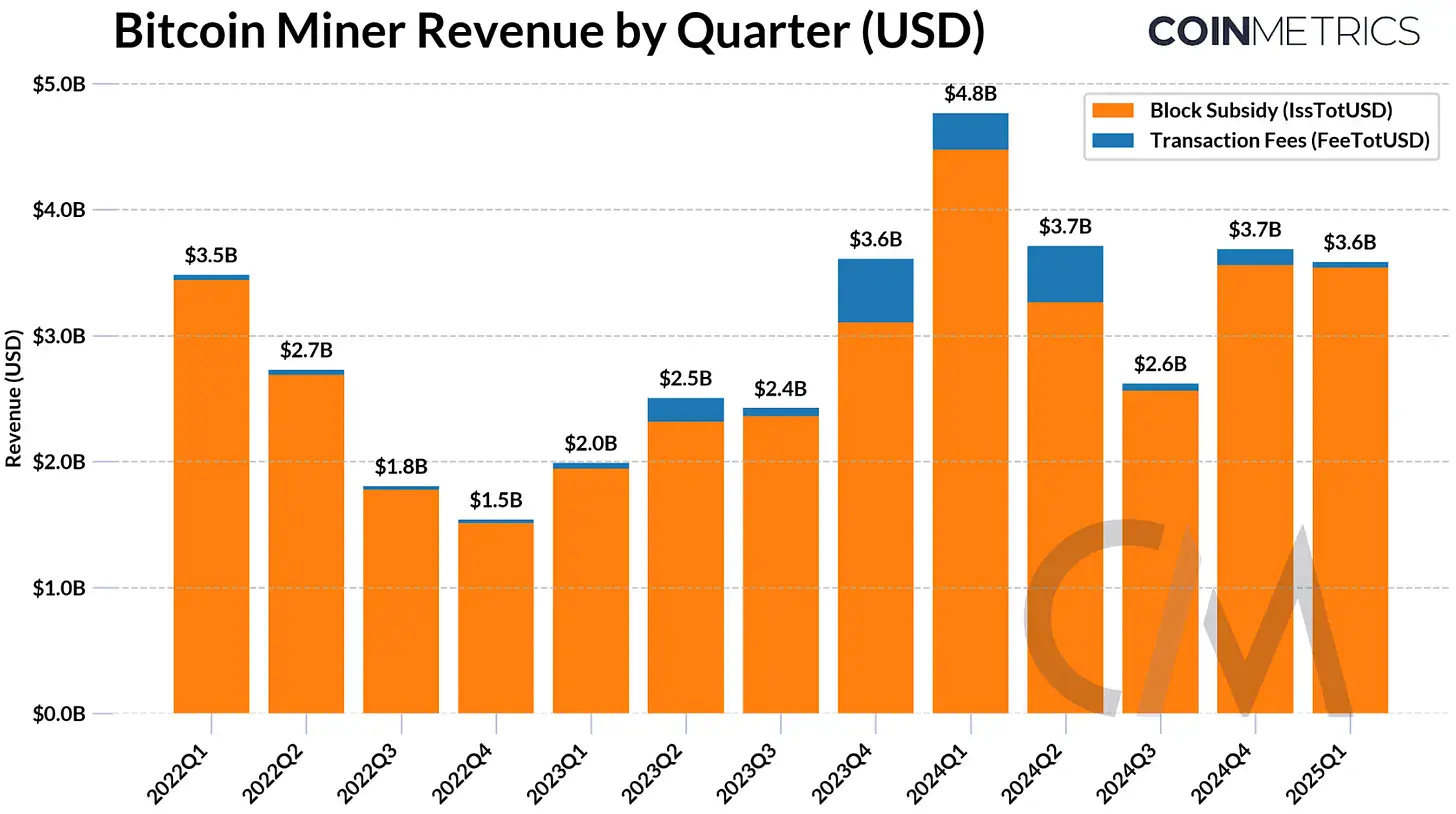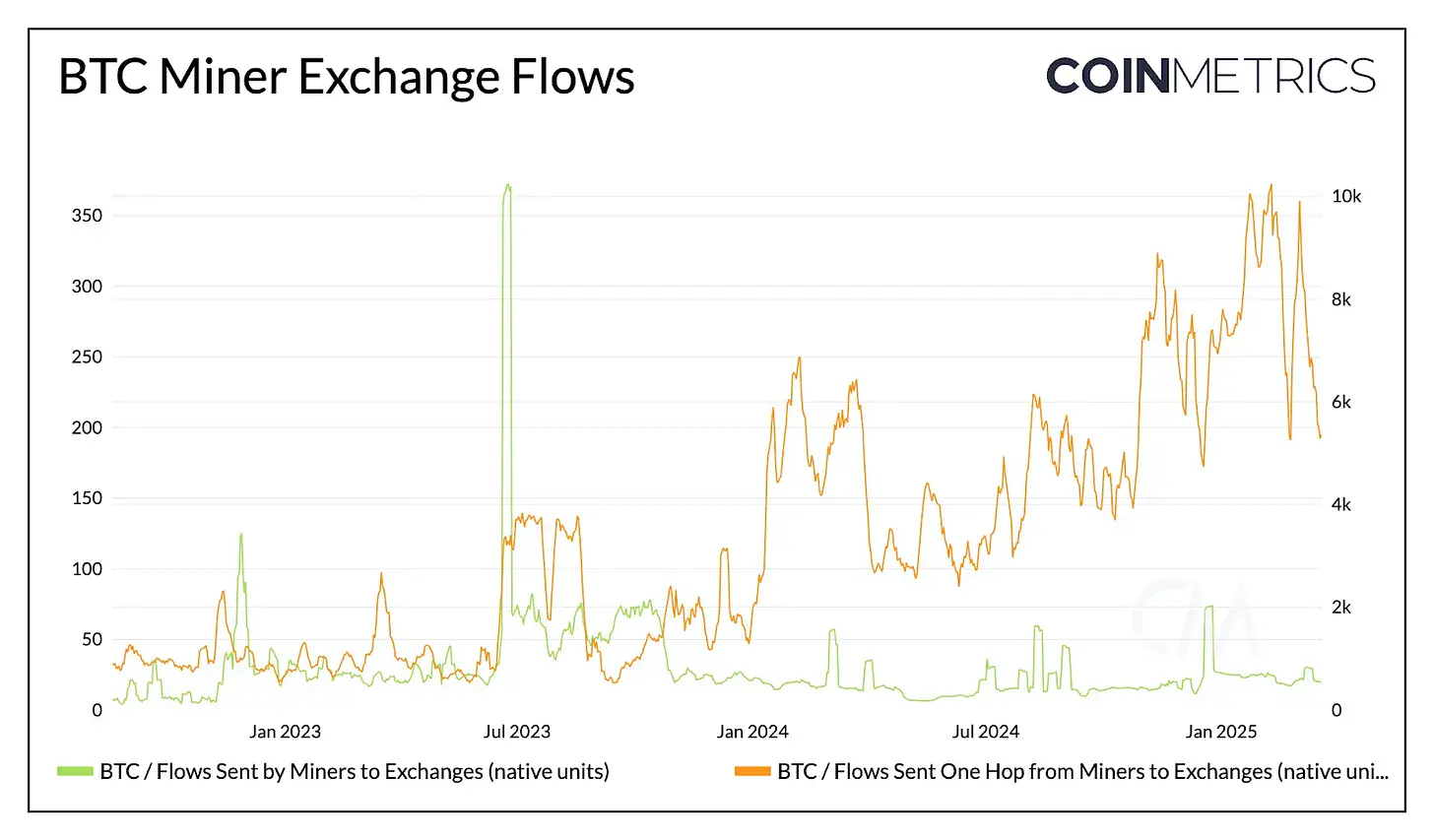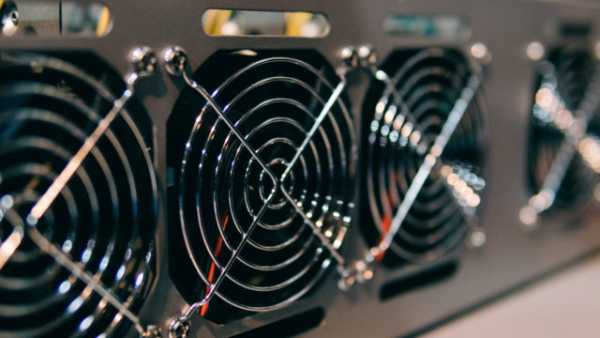Coin metrics reveal Bitcoin's global energy hunt and hidden supply chain dangers

A new Coin Metrics network health report shows that Bitcoin miners are on the brink between stabilized revenues and continued fee pressure following the halving, which requires upgrading hardware and using renewable energy sources amid geopolitical risks in supply chains.
Tariffs in China, renewable energy in Texas and artificial intelligence: how bitcoin mining will change by 2025
Coin Metrics’ Q1 2025 report highlights the stabilization of Bitcoin mining revenues following the 2024 halving, although low transaction fees — less than 2% of total revenue — continue to cast doubt on long-term incentives. According to the report, total miner revenue reached $3.7 billion in Q4 2024, up 42% from the previous quarter, thanks to improved operational efficiency and a recovery in Bitcoin prices. Coin Metrics data shows that the 30-day average hashrate rose to 807 EH/s in early 2025, indicating steady network growth.
 The report notes that mining companies are increasingly adopting energy-efficient ASICs and moving to areas with cheaper renewable energy, such as Texas and parts of Africa and Latin America. Larger, well-capitalized companies are diversifying their revenue sources, with Coin Metrics citing examples such as Core Scientific’s move to host AI data centers using 200 MW of existing infrastructure.
The report notes that mining companies are increasingly adopting energy-efficient ASICs and moving to areas with cheaper renewable energy, such as Texas and parts of Africa and Latin America. Larger, well-capitalized companies are diversifying their revenue sources, with Coin Metrics citing examples such as Core Scientific’s move to host AI data centers using 200 MW of existing infrastructure.

A Coin Metrics study highlights concerns about hardware centralization, noting that Bitmain’s ASICs, including the S19 series, account for 59%–76% of Bitcoin’s hashrate. This dependence creates supply chain vulnerabilities that are exacerbated by geopolitical tensions. The report details delays in Bitmain’s miner hardware shipments to the U.S. in early 2025 due to Chinese import tariffs, highlighting the risks associated with concentrated production.
Bitcoin’s use as a medium of exchange remains limited, Coin Metrics says, with its role increasingly shifting toward store-of-value applications. However, layer-2 (L2) solutions like the Lightning Network and sidechains like Stacks aim to restore transactional utility. While the number of Lightning Network channels has declined to 52,700 in Q1 2025, the stable channel liquidity (4,500-5,000 BTC) points to increased efficiency, the report notes.
Coin Metrics exchange flow data shows sustained selling pressure from miners, with direct (0-hop) transfers to exchanges remaining stable and indirect (1-hop) flows gradually increasing. Small miners appear to be gradually selling off their holdings, while larger operations are optimizing their treasury management amid volatility.
The report concludes that maintaining miner incentives as block rewards decline will likely require higher transaction fees, driven by L2 adoption and competition for block space. Coin Metrics highlights ongoing risks to network decentralization from hardware centralization and geopolitical disruption, calling for further adaptation in the mining ecosystem.
Source: cryptonews.net



